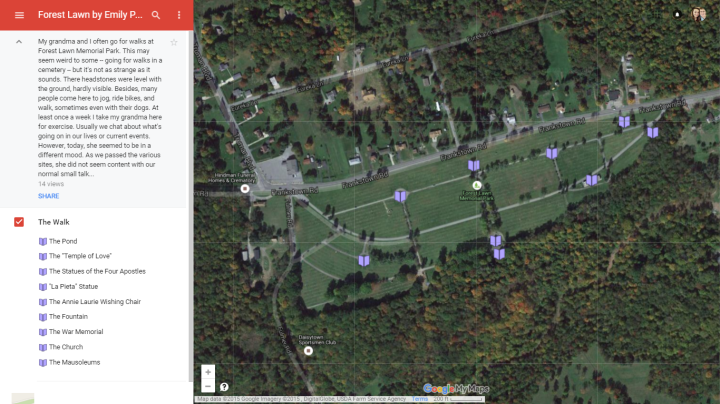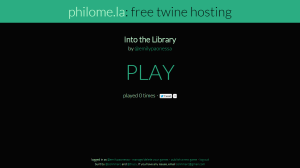What audience, specifically, do you hope to attract with your digital presence / portfolio? A potential future employer (if so, what organization)? Readers who share a hobby, passion, or interest of yours? A certain age group or other demographic?
With my portfolio, I hope to attract two types of people: future employers and fellow teachers. For a future school district to which I may be applying for a job, I hope to showcase my abilities utilizing technology to apply language arts concepts. Also, I hope to give inspiration for activities that other English language arts teachers can use.


